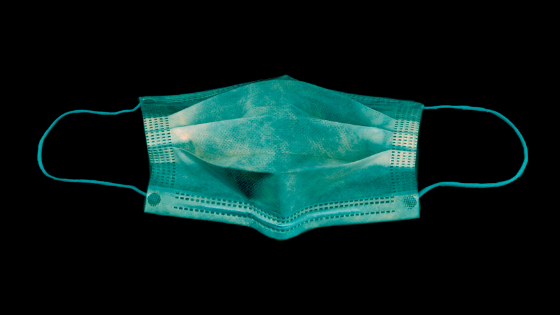
As the number of patients infected with COVID-19 grows, leaders will increasingly need to respond to critical health needs. The architecture industry will play a part in this response by providing much of the infrastructure needed to support quarantine and treatment efforts. Here are some ways architecture is adapting to meet public health needs.
Limited Hospital Space
With hospital space limited, there is a real need for alternative spaces that can be used to treat and/or quarantine patients. One option is to retrofit vacant hotels, motels, temporary residences, schools, etc. into makeshift treatment centers. Experts look for buildings that have easy-to-clean interiors, private rooms with private bathrooms, good ventilation, and Wi-Fi. Hotels are a good idea because many have the right combination of privacy and accessibility. The key is to find spaces that will resist the spread of air-borne contagions. Architects are also looking at spaces that were hospitals in the past but have since been repurpose because they are the easiest spaces to turn into ad-hoc medical facilities.
Drive-throughs
Health officials are currently looking into introducing drive-through style treatment facilities. Current guidelines focus on social distance. To keep both patients and medical professionals safer, we have to rethink the way doctors and patients interact with each other. Telemedicine is one option, but not all citizens have ready access to Internet. Treatment facilities that resemble fast food drive-throughs could allow patients to seek treatment or medical evaluations without leaving their car, minimizing person-to-person interaction. These facilities could be set up in vacant strip malls or big box stores. New Rochelle, New York just opened its first drive-through testing center. The center has the potential to test 500 people a day, which could help accelerate testing and screening for COVID-19 and mitigate some of the burden on hospital systems.
Housing for Homeless Populations
Homeless citizens are some of the most vulnerable populations in the country because they don’t have the shelter they would need to self-isolate. Seattle plans to erect a village of tiny homes to house homeless individuals exposed to the coronavirus, while San Francisco plans to use recreational vehicles to quarantine patients who don’t need hospitalization. In uncertain times like this, doctors and other experts need to think outside of the box.
The COVID-19 pandemic is the gravest international health crisis most of us have seen in our lifetime. Architects and medical experts are working on finding innovative ways to adapt to the reality of the coronavirus so they can meet the healthcare needs of the public in uncertain times.
Are you looking for top talent in architecture or interior design?
Contact us to discuss how we can bring top leadership talent to your firm. David Brown International is s a global leader in executive recruiting and placement of top tier talent in Architecture, Design, and Technology. Our mission is to create a lasting legacy of success, growth, and profitability for our clients, candidates, and employees.
Are you a professional looking for a new opportunity?
Contact us to discuss your career options or browse our open positions.